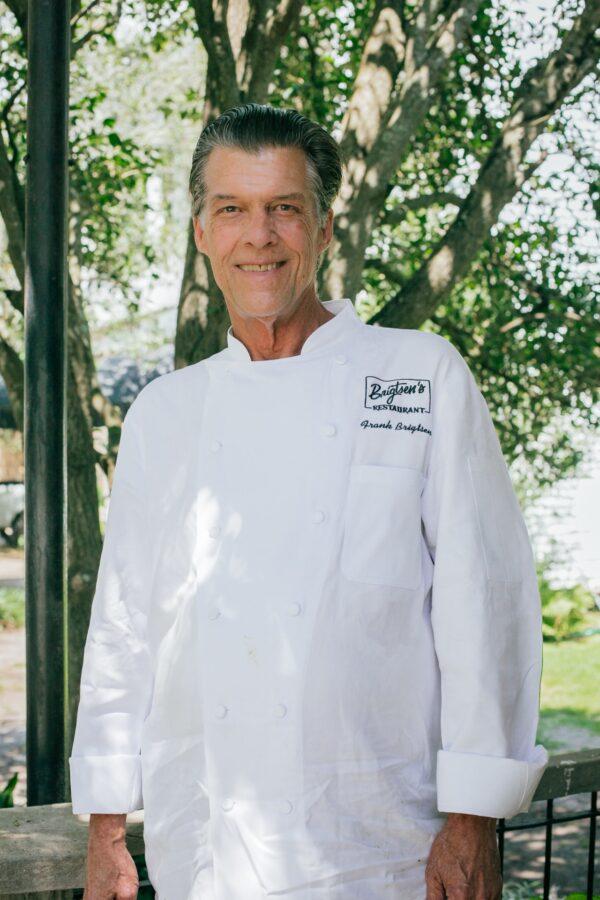One of New Orleans’ most beloved chefs, Frank Brigtsen is recognized for revitalizing Creole Acadian cooking at his namesake restaurant Brigtsen’s, now celebrating 35 years. Located in a Victorian cottage on a quiet street in the city’s uptown Riverbend neighborhood, Brigtsen’s Restaurant pays tribute to traditional Louisiana cooking and local ingredients, with dishes such as shrimp and okra gumbo with andouille sausage, pan-fried gulf fish with roasted pecans and meunière sauce, and roast duck with dirty rice and tart dried cherry sauce.

Frank Brigtsen. Rebecca Todd





